A large and impressive painting in six sections depicting an extensive royal procession with the Sawai Maharaja Jai Singh Prabhakar, Maharajah of Alwar (reg. 1892-1937), signed by R. Sahai, the Alwar State Painter Alwar, Rajasthan, circa 1903-1909gouache and bodycolour with gold on heavy paper, signed R. SAHAI STATE PAINTER ALWAR RAJPUTANA, six separate panels forming one painting 815 x 67.3 cm.; 26 feet 8½ in. by 26½ in.(6)FootnotesProvenance Formerly the Estate of George McFadden, New York, 1980s. Following in the Mughal tradition of grand royal processions this 8-meter-long panorama depicts the full complement of participants and royal carriages associated with the traditional durbar of the Maharajas of Alwar. Maharaja Jai Singh is depicted in full regalia including his trademark prominent pearl collar and triple strand pearl and emerald necklace with a large diamond pendant. The absence of the Star of India would indicate that the scene is painted after his installation at the gaddi in 1903 at the age of 21 by Lord Curzon, but before his investiture as Knight Commander of the Most Exalted Order of the Star of India in 1909. This is confirmed by the photograph captured by Bourne and Shepherd at the Coronation in Delhi in 1903 (fig. 1) showing Maharaja Jai Singh and Colonel Christopher Fagan (Assistant Political Agent and Consul to Alwar in 1901) together with four ministers from the Alwar court. The photograph reveals a remarkable likeness to the key figures of the procession. The faces of the Maharajah and the minister on the right in the photo matches the likeness of the two figures in the royal howdah. In adddition the three other ministers, with their distinctive faces and turbans can be seen on horseback following the Maharajah in the first and second row. The scale of the panorama and treatment of the prominent figures, horses, elephants, and carriages are rendered in fine detail that is clearly inspired by the celebrated artist Ghulam Ali Khan, who worked at the Alwar court for twelve years between 1840 and 1852 and completed a number of important illustrated manuscripts. A large cache of over 30 unrecorded paintings of his work are preserved in the Alwar State Museum and it is most likely that the 'state artists, R. Sahai' drew upon them for inspiration. This is particularly evident in the finer details of the principal figures, the interior of the Rath carriage, and the lanterns attached to the tusks of the Maharajah's elephant. Comparison can be made with a superb large scale architectural study of the white marble and red sandstone cenotaph of Raja Bakhtawar Singh at Alwar (see William Dalrymple and Yuthika Sharma, Princes and Painters in Mughal Delhi, 1707-1857, New York 2012, p. 48, fig. 11.) Other than the present lot there seems to be scant representation of Maharajah Jai Singh in painting. Even the artist, R. Sahai, has almost no other recorded works published or referenced. However, he, like many artists in the employ of Maharajahs in the early 20th century was quick to embrace the new medium of photography and create a hybrid style that allowed for a combination of fine detail on a scale that had been previously reserved for wall murals. The procession travels from the Maharajah's residence of Moti Doongri, shown in the second panel high on the hills as a white colonnaded edifice, and finishes at the city palace in the centre of town barely visible behind the grove of trees in the fourth panel. The artist has chosen to show the troops heading in the opposite direction to present the full extent of the procession, as well as highlighting the multiple buildings in the azure hills and verdant plains of Alwar. Barely discernible in the second panel from the left is a simple miniaturized procession in the foreground, which may have been added to illustrate the traditional route. The procession is led by the standard bearers mounted on three elephants holding the coat of arms and Alwar state flags. Then follows
A large and impressive painting in six sections depicting an extensive royal procession with the Sawai Maharaja Jai Singh Prabhakar, Maharajah of Alwar (reg. 1892-1937), signed by R. Sahai, the Alwar State Painter Alwar, Rajasthan, circa 1903-1909gouache and bodycolour with gold on heavy paper, signed R. SAHAI STATE PAINTER ALWAR RAJPUTANA, six separate panels forming one painting 815 x 67.3 cm.; 26 feet 8½ in. by 26½ in.(6)FootnotesProvenance Formerly the Estate of George McFadden, New York, 1980s. Following in the Mughal tradition of grand royal processions this 8-meter-long panorama depicts the full complement of participants and royal carriages associated with the traditional durbar of the Maharajas of Alwar. Maharaja Jai Singh is depicted in full regalia including his trademark prominent pearl collar and triple strand pearl and emerald necklace with a large diamond pendant. The absence of the Star of India would indicate that the scene is painted after his installation at the gaddi in 1903 at the age of 21 by Lord Curzon, but before his investiture as Knight Commander of the Most Exalted Order of the Star of India in 1909. This is confirmed by the photograph captured by Bourne and Shepherd at the Coronation in Delhi in 1903 (fig. 1) showing Maharaja Jai Singh and Colonel Christopher Fagan (Assistant Political Agent and Consul to Alwar in 1901) together with four ministers from the Alwar court. The photograph reveals a remarkable likeness to the key figures of the procession. The faces of the Maharajah and the minister on the right in the photo matches the likeness of the two figures in the royal howdah. In adddition the three other ministers, with their distinctive faces and turbans can be seen on horseback following the Maharajah in the first and second row. The scale of the panorama and treatment of the prominent figures, horses, elephants, and carriages are rendered in fine detail that is clearly inspired by the celebrated artist Ghulam Ali Khan, who worked at the Alwar court for twelve years between 1840 and 1852 and completed a number of important illustrated manuscripts. A large cache of over 30 unrecorded paintings of his work are preserved in the Alwar State Museum and it is most likely that the 'state artists, R. Sahai' drew upon them for inspiration. This is particularly evident in the finer details of the principal figures, the interior of the Rath carriage, and the lanterns attached to the tusks of the Maharajah's elephant. Comparison can be made with a superb large scale architectural study of the white marble and red sandstone cenotaph of Raja Bakhtawar Singh at Alwar (see William Dalrymple and Yuthika Sharma, Princes and Painters in Mughal Delhi, 1707-1857, New York 2012, p. 48, fig. 11.) Other than the present lot there seems to be scant representation of Maharajah Jai Singh in painting. Even the artist, R. Sahai, has almost no other recorded works published or referenced. However, he, like many artists in the employ of Maharajahs in the early 20th century was quick to embrace the new medium of photography and create a hybrid style that allowed for a combination of fine detail on a scale that had been previously reserved for wall murals. The procession travels from the Maharajah's residence of Moti Doongri, shown in the second panel high on the hills as a white colonnaded edifice, and finishes at the city palace in the centre of town barely visible behind the grove of trees in the fourth panel. The artist has chosen to show the troops heading in the opposite direction to present the full extent of the procession, as well as highlighting the multiple buildings in the azure hills and verdant plains of Alwar. Barely discernible in the second panel from the left is a simple miniaturized procession in the foreground, which may have been added to illustrate the traditional route. The procession is led by the standard bearers mounted on three elephants holding the coat of arms and Alwar state flags. Then follows
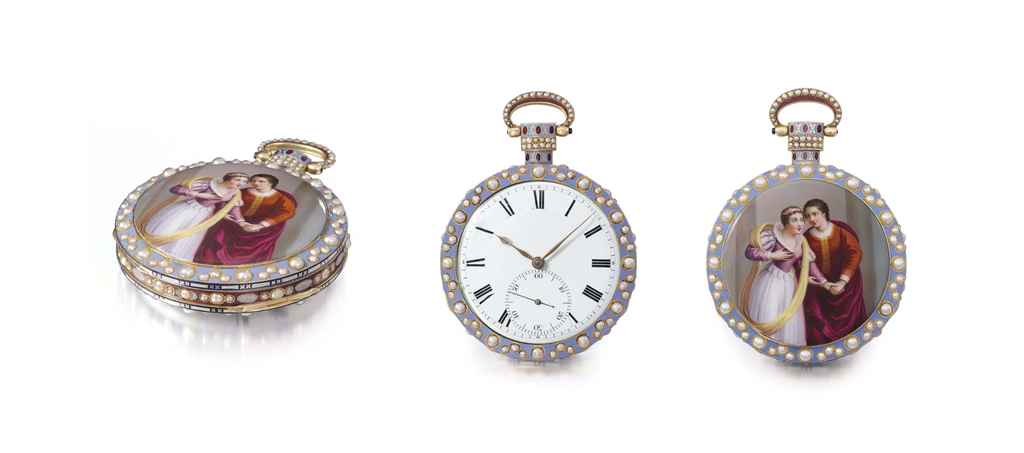
.jpg)
.jpg)
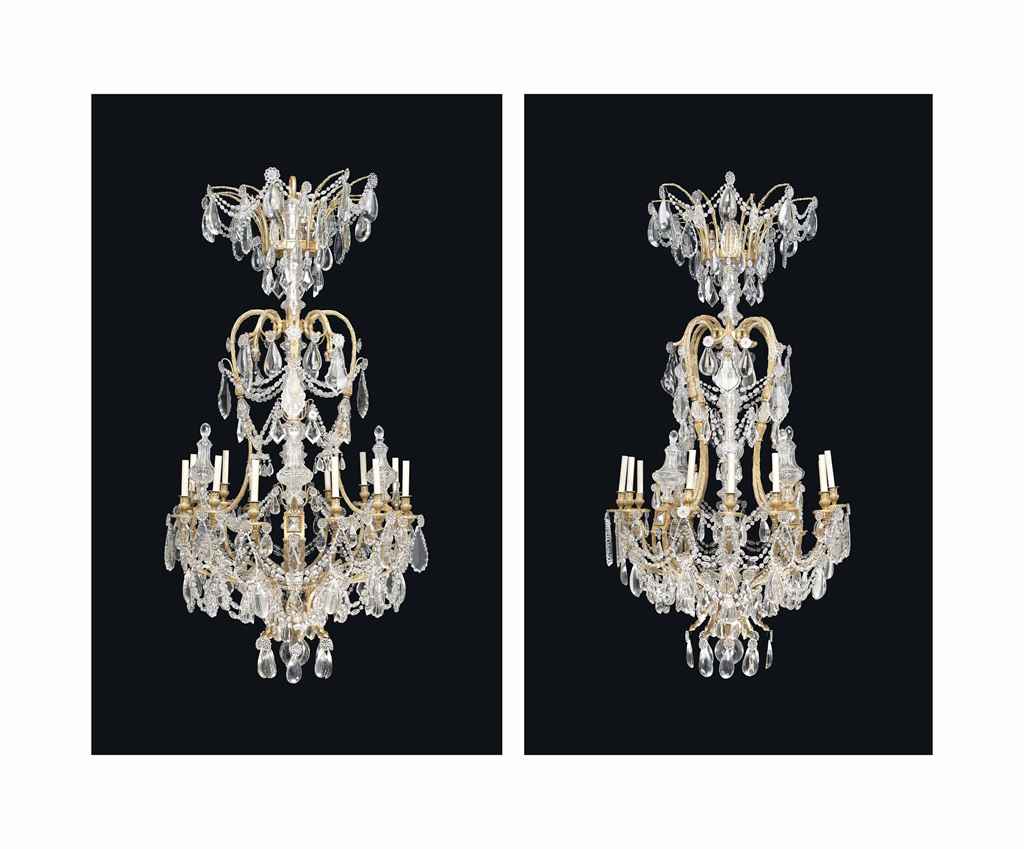
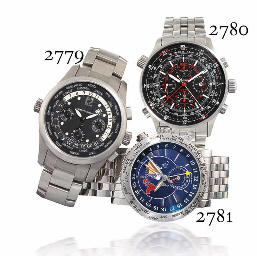
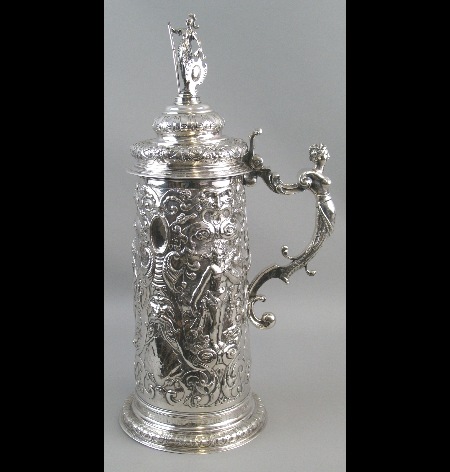
.jpg)
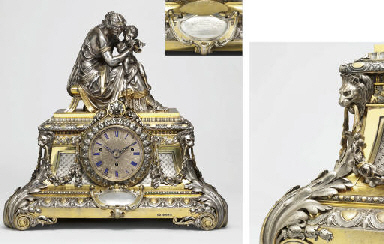

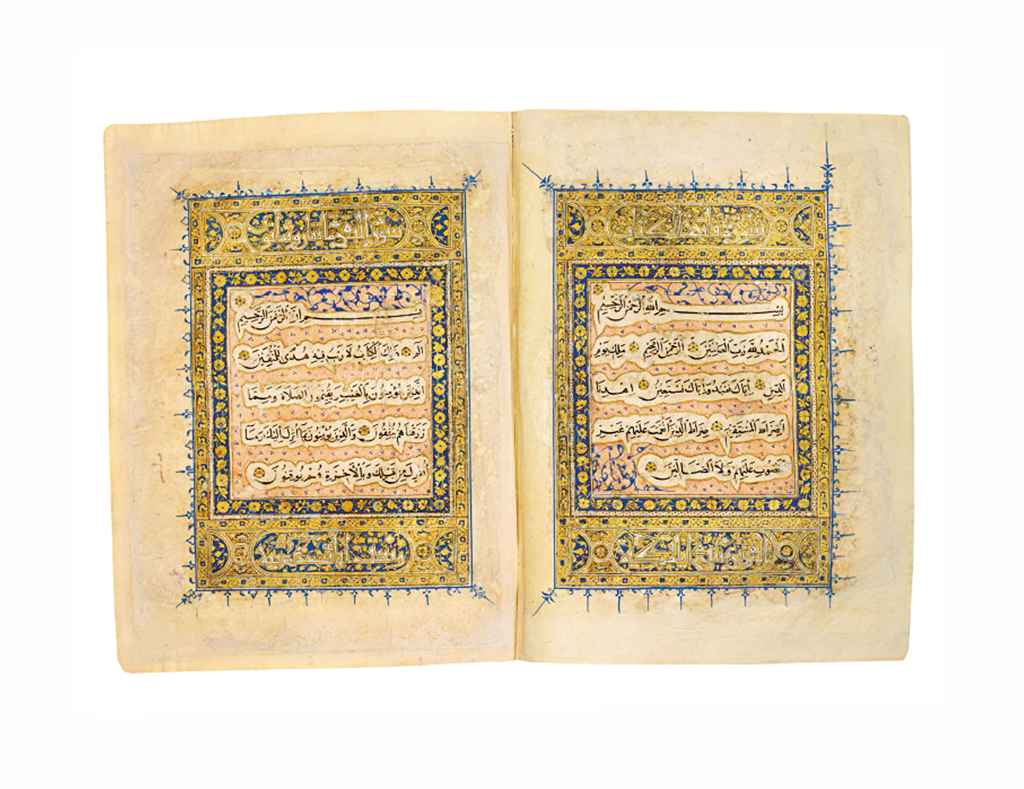
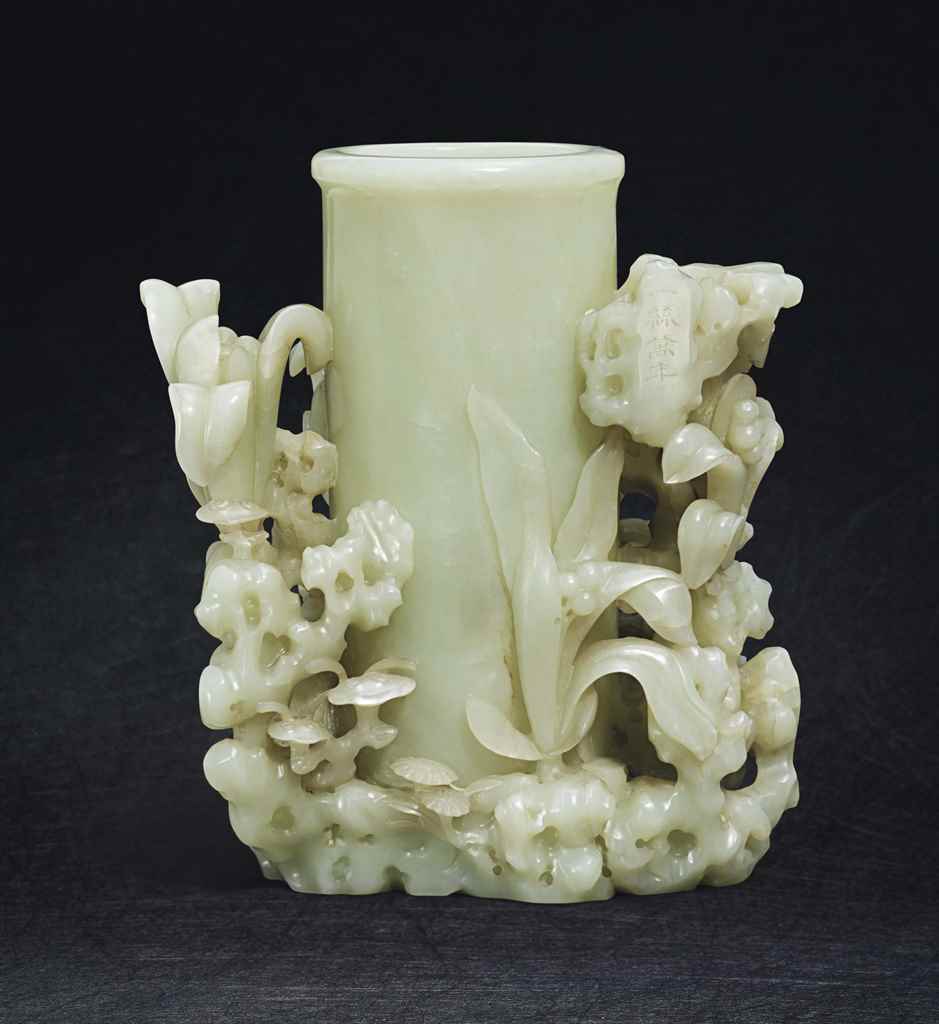


.jpg)
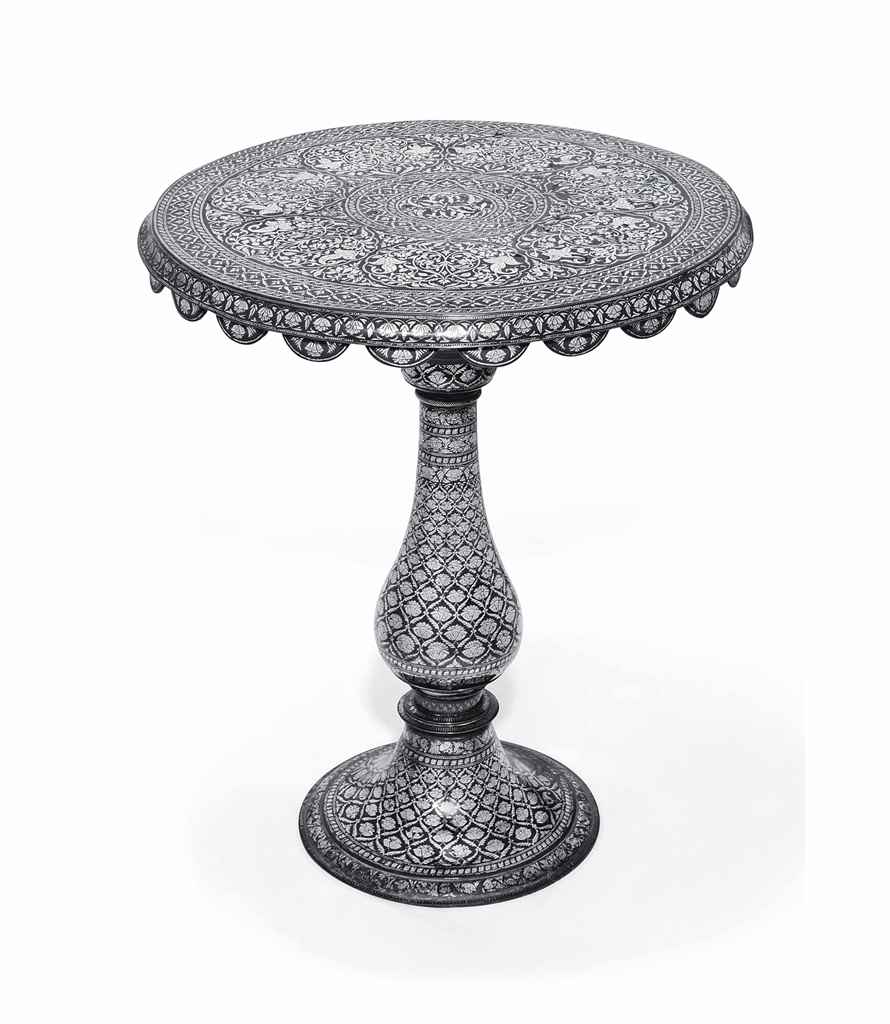
Testen Sie LotSearch und seine Premium-Features 7 Tage - ohne Kosten!
Lassen Sie sich automatisch über neue Objekte in kommenden Auktionen benachrichtigen.
Suchauftrag anlegen